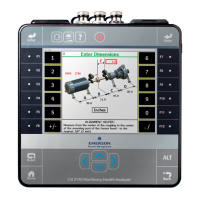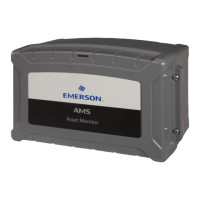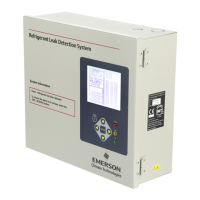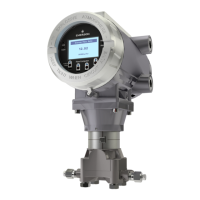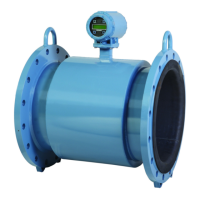c. Turn on the laser and sensor.
d.
Adjust the laser beam.
e. Enable the Bluetooth radio in the analyzer.
f. Pair the sensor.
2. Create a job and set up job parameters.
a. Create an alignment job and specify whether it is a horizontal, vertical, or
straightness job.
b. Set the job parameters.
3. Acquire alignment or straightness data.
a. Sweep or move the laser and sensor to get alignment data or straightness
measurements.
4. Review required machine moves and if necessary, make adjustments to the
machine.
5. If necessary, acquire alignment or straightness data again and make adjustments to
the machine.
You can create alignment jobs and transfer them to AMS Machinery Manager for storage
and analysis.
This chapter only covers the Advanced Laser Alignment Application.
7.1.1 Alignment overview
To achieve ideal machine alignment, the shaft centerline of one machine element (such as
a motor) must coincide with the centerline extension of another machine shaft (such as a
pump) during operation. In more complex applications, three or more elements may be
aligned in a train.
Misalignment can occur both horizontally and vertically. The two components of
misalignment are angular and offset. Most misaligned machines have a combination of
offset and angular misalignment. See Figure 7-1 for the different types of alignment
conditions. Correcting misalignment involves aligning the shafts vertically and
horizontally.
Advanced Laser Alignment
162 MHM-97432 Rev 7
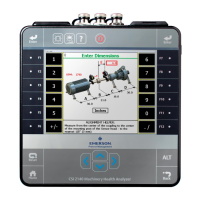
